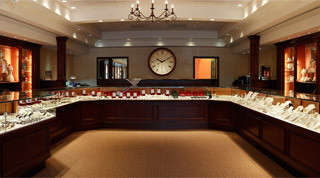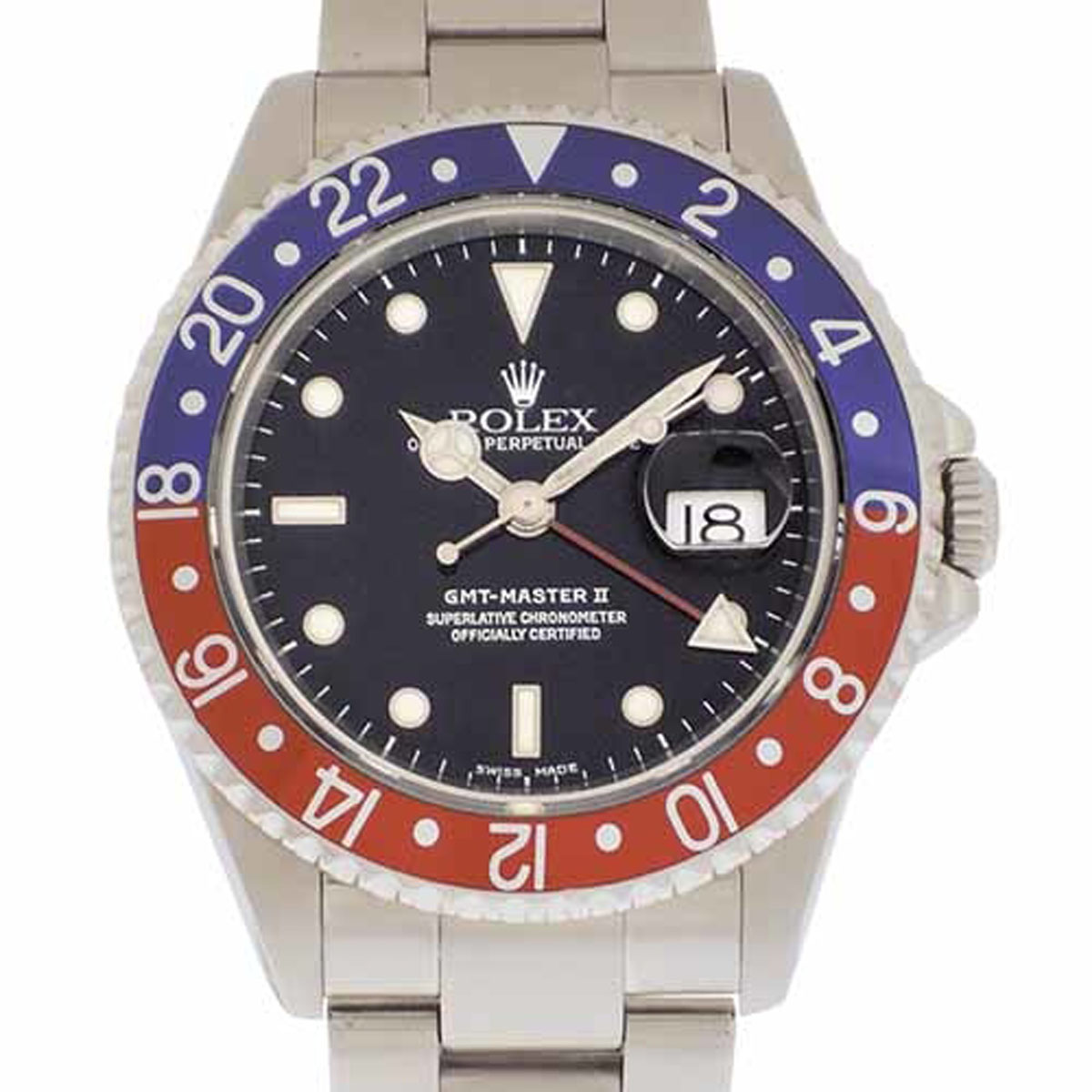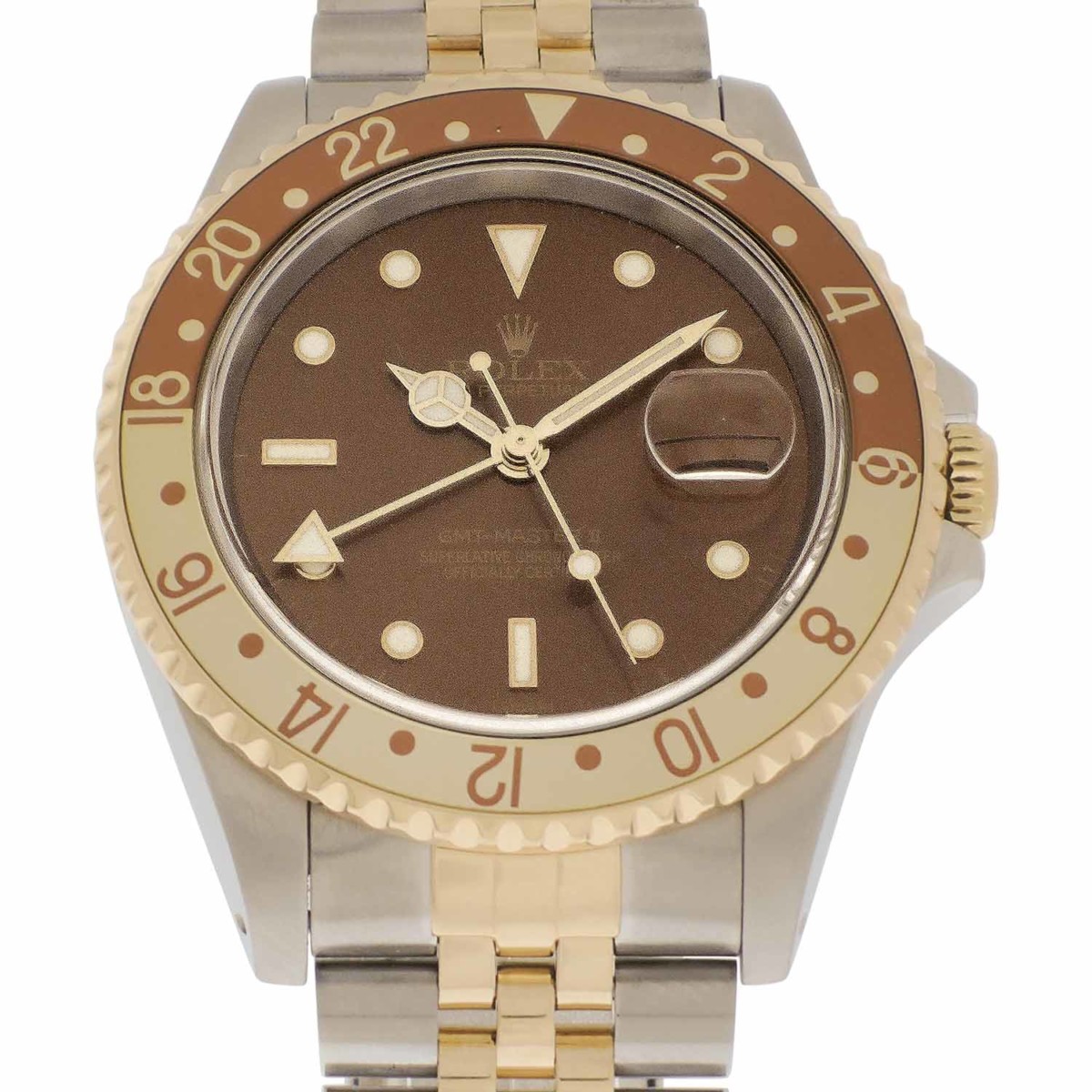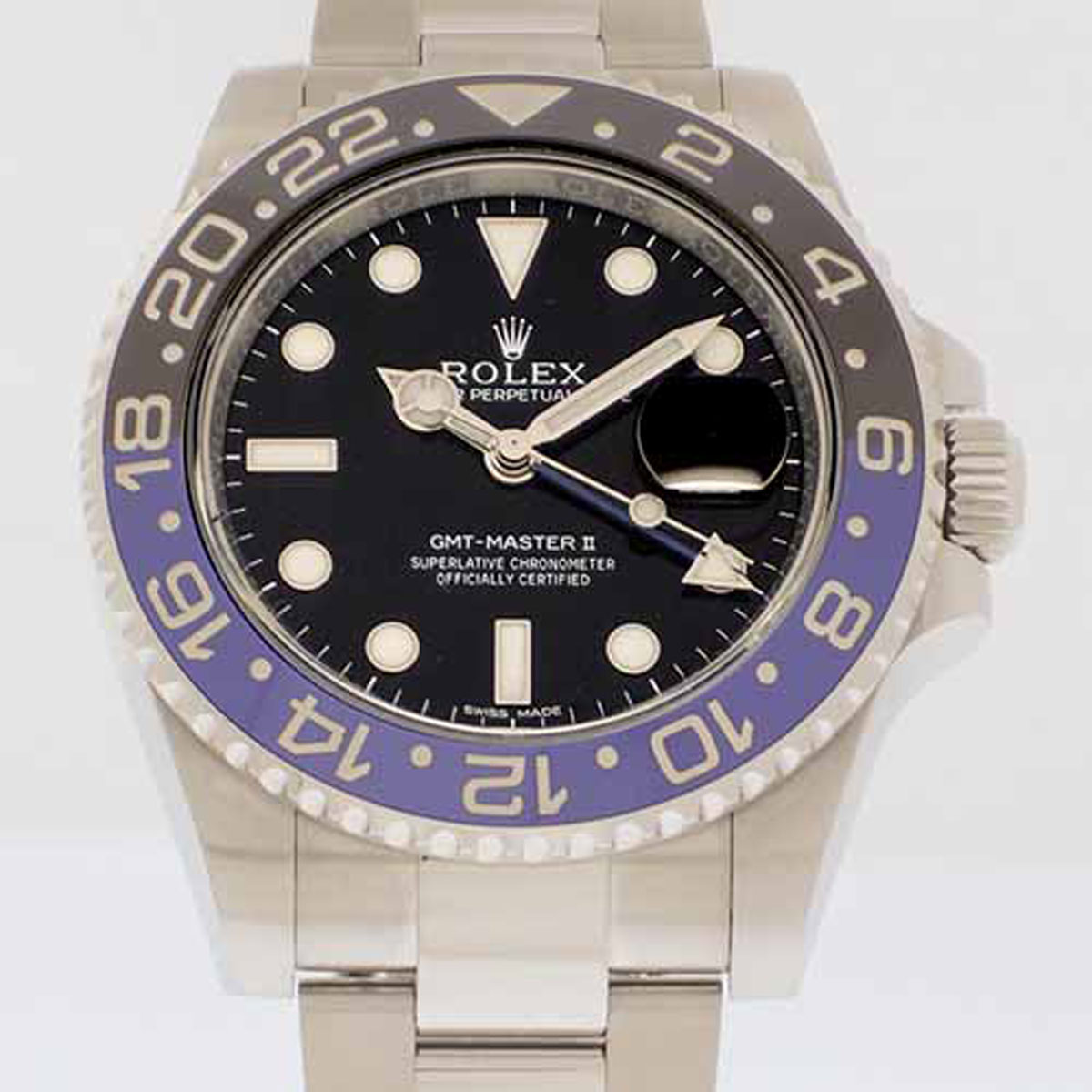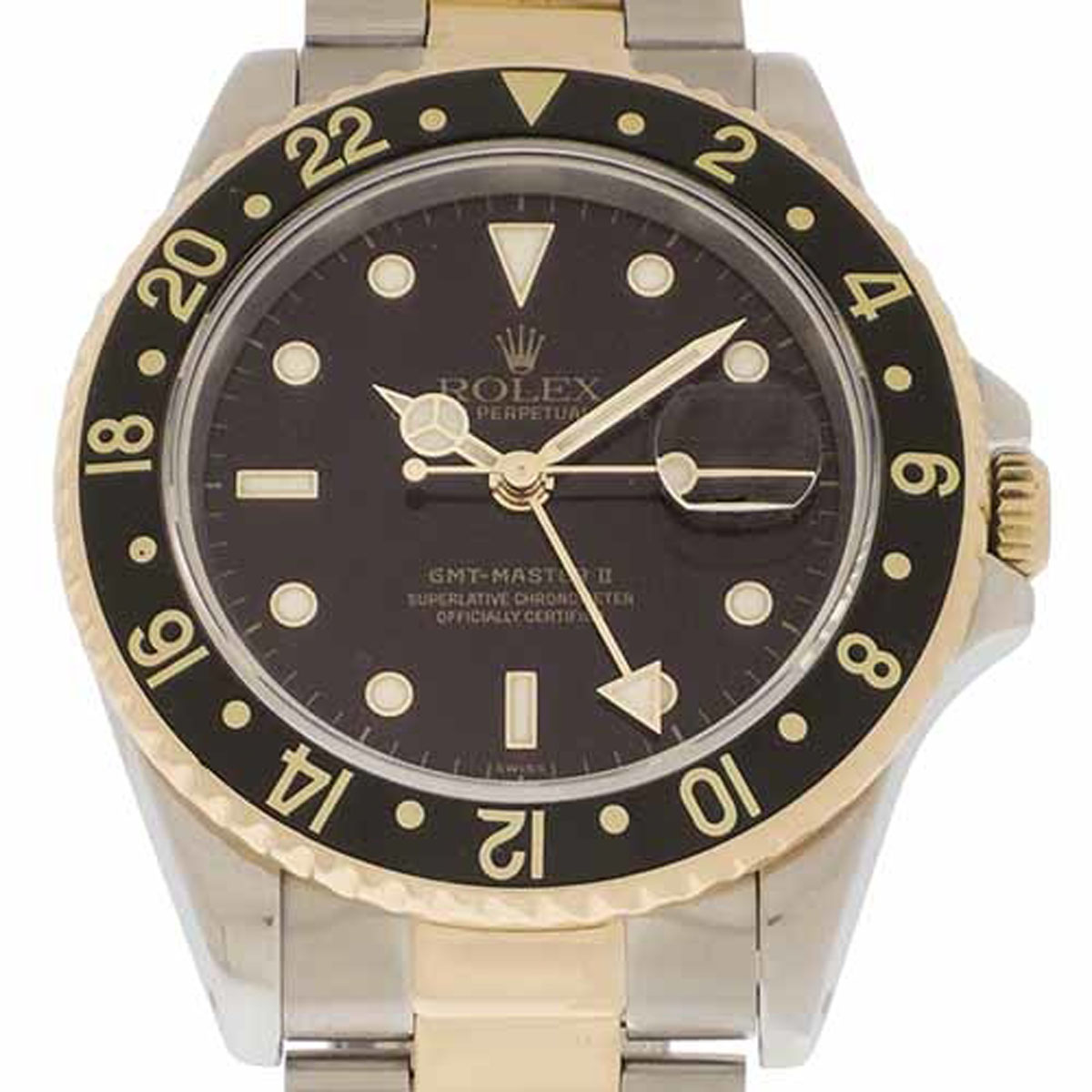Man has traveled the globe for centuries, but not until commercial flight became practical in the 1950s did he need a watch that could help him think in two time zones. When PanAm embraced Boeing’s 707 jetliner in ‘52, suddenly the “cafe society” became “jetsetters,” as travelers hopped from country to country. While a casual tourist could add a few hours in their heads, professional pilots needed a portable, reliable and consistent way to keep track of local time and point of departure time.
Rolex answered the call for a wristwatch that displayed two time zones in 1954 with the Rolex GMT-Master, a watch equipped with four hands: hour, minute, second, and GMT.
What does GMT mean on a watch?
GMT stands for Greenwich Mean Time, the location of England’s Royal Observatory. In 1781, Britain established its prime meridian at that point, for use in naval navigation and, later, as a way to keep the train schedule.
Why do we need GMT?
To calculate navigation before satellite GPS, a ship needed three pieces of information: the time at the place where the trip started, the time on board the ship and its hourly speed. With these variables, they could roughly calculate the distance traveled.
On-board time was estimated by the position of the sun. Sometimes the captain also had a watch, but in those early days they weren’t the most reliable instruments. On board, a captain would declare noon and then all intervals of time for the next 24 hours, such as the turning of the hourglass, would be set to that declaration. Average speed was carefully logged.
That left the last variable, the current time in the location the ship started. Knowing the time where you are and how fast you are traveling does no good if you can’t fix it against your starting point. Greenwich Mean Time served as that fixed point.
So why Greenwich? In 1884, the International Meridian Conference was convened in Washington, DC by President Chester A. Arthur to establish an international standard time. The committee of 41 delegates from 26 nations voted for Greenwich as the “starting point” set at midnight. Greenwich was chosen in part because it had a Royal Observatory and kept continual records since 1675. Use of those observations were well-established as a standard for the British Royal Navy and also used on British railroad timetables. As the British Empire at that time spanned the globe, with countries under Victoria’s rule in both hemispheres, the choice of Greenwich held sway. (The French objected and abstained from the vote.)
What does the “mean” mean in GMT?
The “mean” in GMT stands for “average,” because the earth is not evenly round. Earth is a geoid, meaning variations in gravity act on our uneven land mass and large ocean tides to pull the shape out of a perfect sphere. The variation is not extreme, but it does mean that an actual full rotation can differ by up to 16 minutes.
Does anybody really know what time it is?
Since January 1, 1960, we have the Coordinated Universal Time (UTC) which is much more accurate. It still uses Greenwich as “homebase” and degrees from there are notated as plus or minus UTC (UTC-6 meaning 6 hours later westward, UTC +6 meaning 6 hours earlier eastward.) You can think of UTC as GMT for any purpose except winning a bet in a bar.
Keeping track in two time zones
To fit two time zones on a single timepiece, the watch needs two hour hands: one (the regular hour hand) to keep track in the current time zone, and one (the GMT hand) to keep track in the other time zone of the wearer’s choice. (Luckily the International Meridian Conference decided to set all related time zones in one-hour increments. There was some argument for 10-minute increments! Can you imagine the confusion?)
The second issue is indicating AM/PM. In the current time zone, it’s clear to the wearer whether it is day or night, so the numerals 1-12 are the only information needed. But for the second time zone, it’s helpful to know whether you’re calling at 2 pm or 2 am! That requires reference against a 24 hour indicator, instead of the standard 12 on the dial. The answer Rolex came up with is the now-iconic 24 hour dual-colored bezel, using 0-24 for the hours, red to indicate day and blue to indicate night. The GMT hand references the time on the bezel.
How the GMT complication works
To make the watch readable at a glance for busy pilots and globetrotters, Rolex created a red and blue bezel for the GMT-Master, where blue hours indicate night and red hours indicate day. The color combination became known as “Pepsi” because of the cola’s dual-colored logo.
The iconic “Pepsi” bezel and other favorites from our collection
This GMT Master II Ref. 16710 is a perfect example. The bezel can be rotated to correspond to any hour for the GMT hand to point to. Pilots typically keep it at GMT/UTC.
As Rolex developed different versions of the GMT-Master, nicknames referencing sodas continued. Here’s a “Root Beer” GMT Master-II Ref 16713, currently in our portfolio.
A black and red bezel, nicknamed a “Coke” came out in 1984 but was never as popular as the original Pepsi, brought back in 1989 with the new 16710s. And here’s the black-and-blue bezel. They must have run out of soda names, because this one is known as the “Batman.”
And not all GMT-II Master bezels are bi-color, as this Ref 16713 model with an all-black bezel attests.
It’s definitely a more formal look, perhaps for the private pilot? Still, the dual bezel is too iconic not to love.


TESTIMONIAL
“My experience buying a pre-owned Rolex from Palisade Jewelers was perfect. I did the transaction by phone. The watch arrived, exactly as described; they gave me good, attentive service.”
- Richard
CALL OR COME
SEE US
Visit our store for a personal consultation with our watch and jewelry experts.

